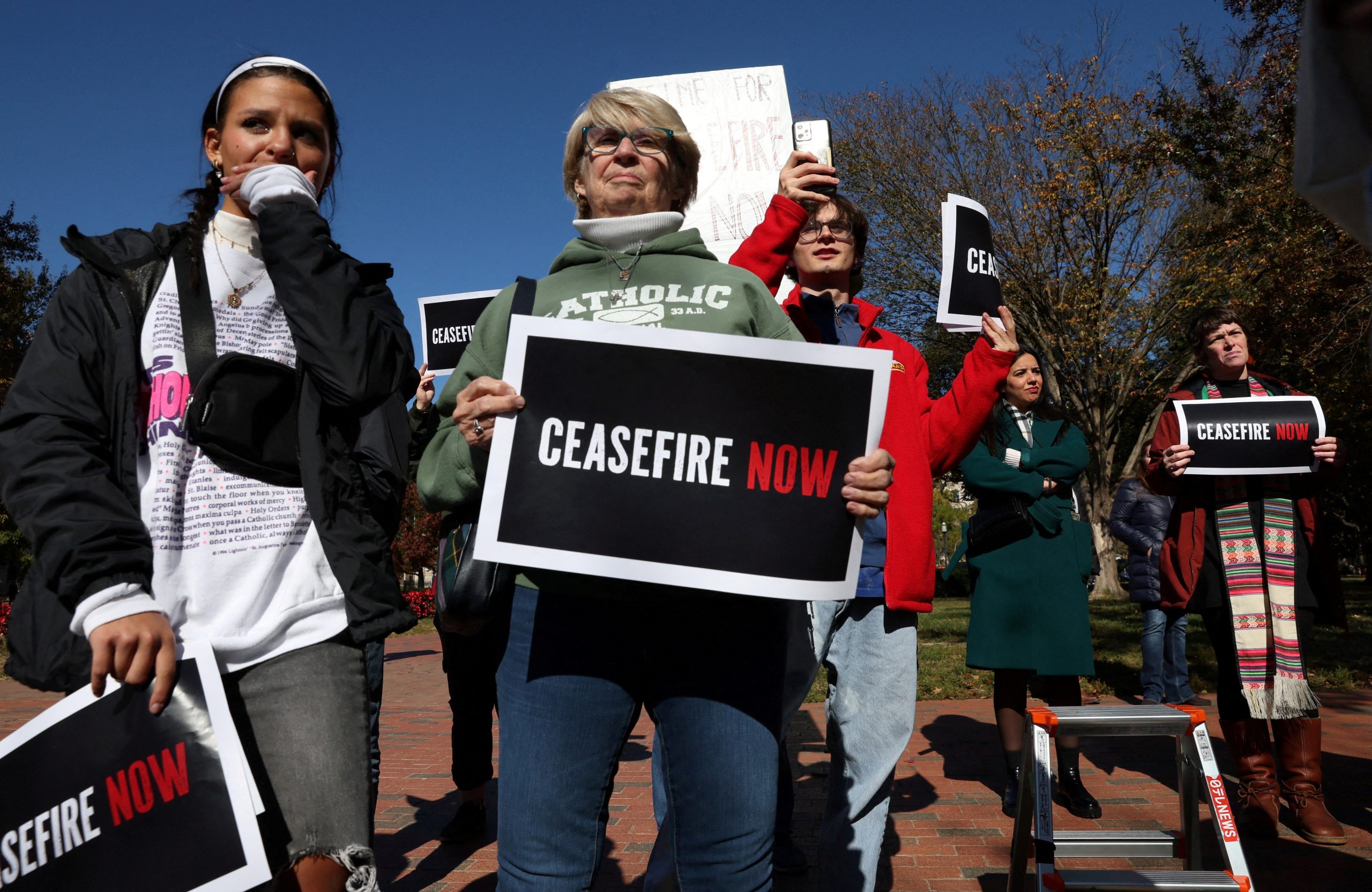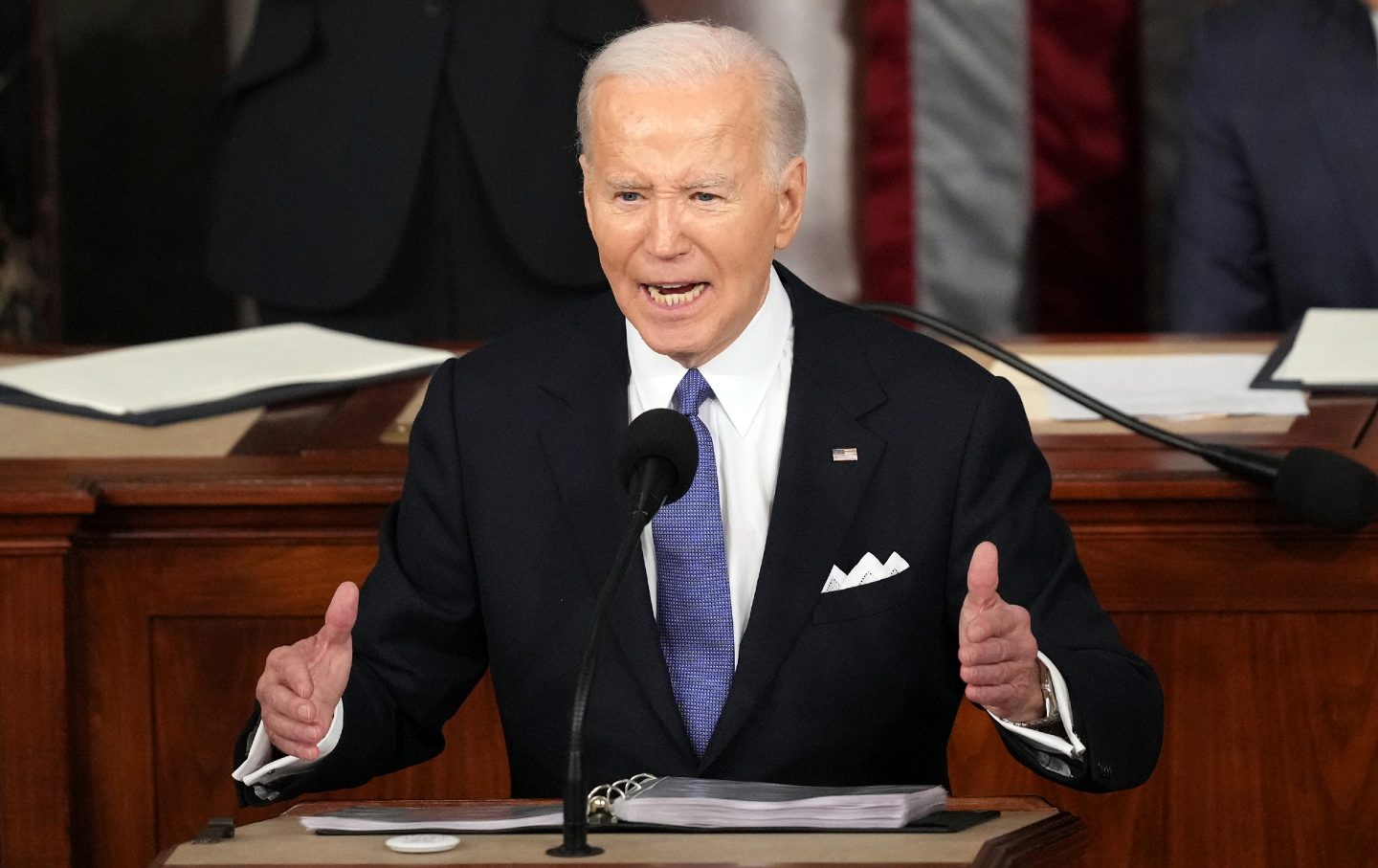On March 2, the United States initiated its first airdrops of humanitarian aid into Gaza, a move considered risky, expensive, and ineffective but deemed necessary due to Israel’s severe restrictions on humanitarian access.
The following week, on March 7, the U.S. announced plans to construct a floating pier along the Gaza coast to facilitate aid delivery, highlighting humanitarian organizations’ challenges in reaching the Palestinian population.

Gaza’s health ministry reports a devastating toll: over 30,000 Palestinians, mostly women and children, have been killed, with over 70,000 wounded and thousands more trapped under rubble.
The situation is dire, with over 90 percent of Gaza’s population facing acute food insecurity, leading to deaths from starvation and dehydration. Additionally, over 75 percent of Gaza’s population is displaced, lacking safe shelter and reliable provisions.
Despite being a leading donor of humanitarian aid to Gaza, the U.S. has faced obstacles in delivering aid, with Israel obstructing entry of humanitarian goods and attacking humanitarian workers and facilities. Israel’s Prime Minister has explicitly stated a policy of blocking humanitarian assistance, allowing only a minimal amount into Gaza.

Human Rights Watch and Oxfam have accused Israel of committing a war crime by using starvation as a method of warfare in Gaza. In light of these challenges, the U.S. must comply with its laws and end unconditional arms transfers and security assistance to Israel.
This support not only enables Israel’s harmful actions but also violates U.S. law prohibiting assistance to countries that restrict the transport or delivery of humanitarian aid. The U.S. must use its leverage to protect civilians and ensure impartial provision of aid in Gaza.


